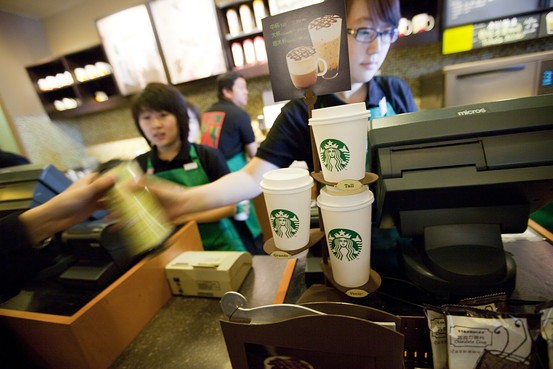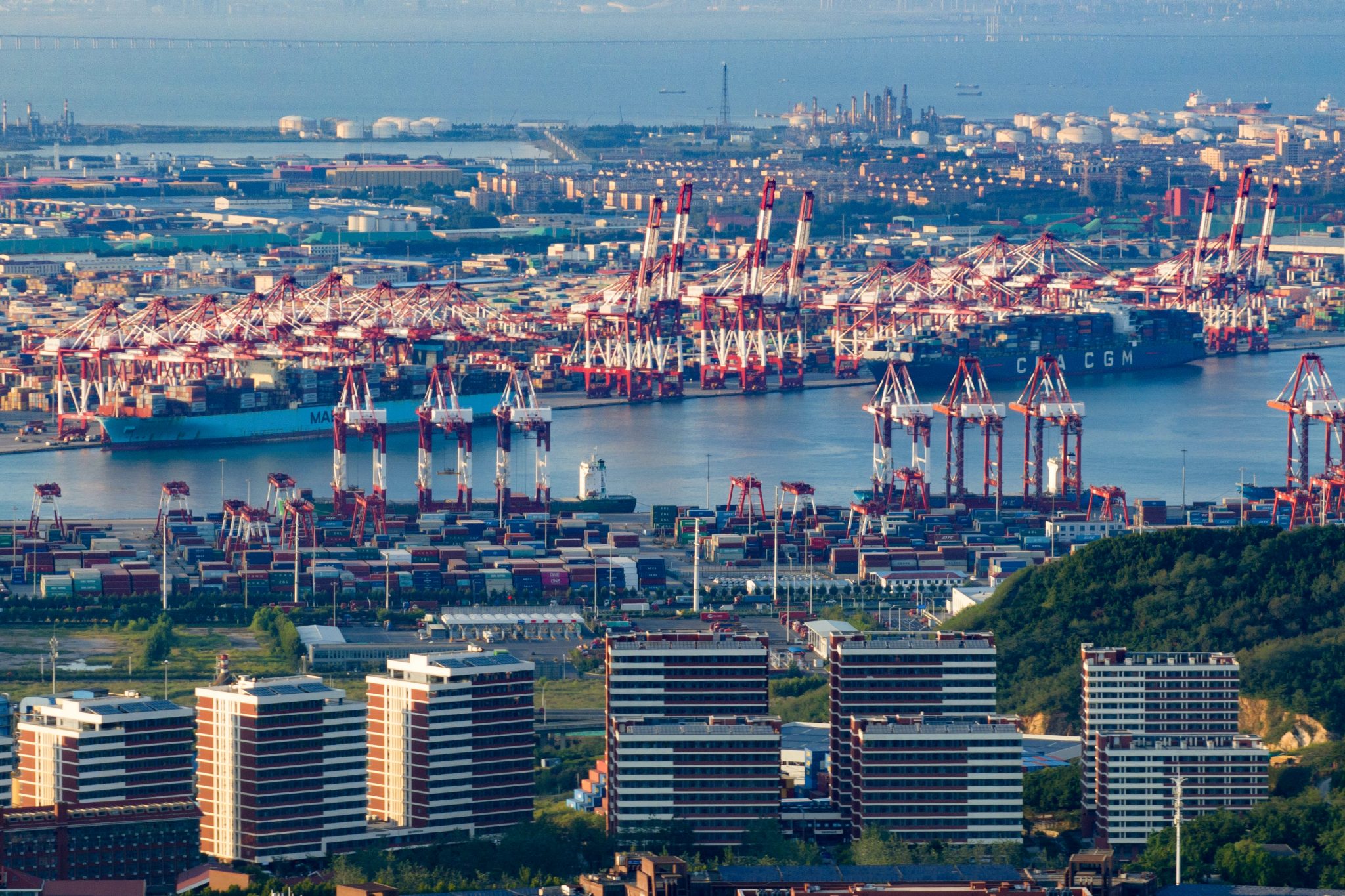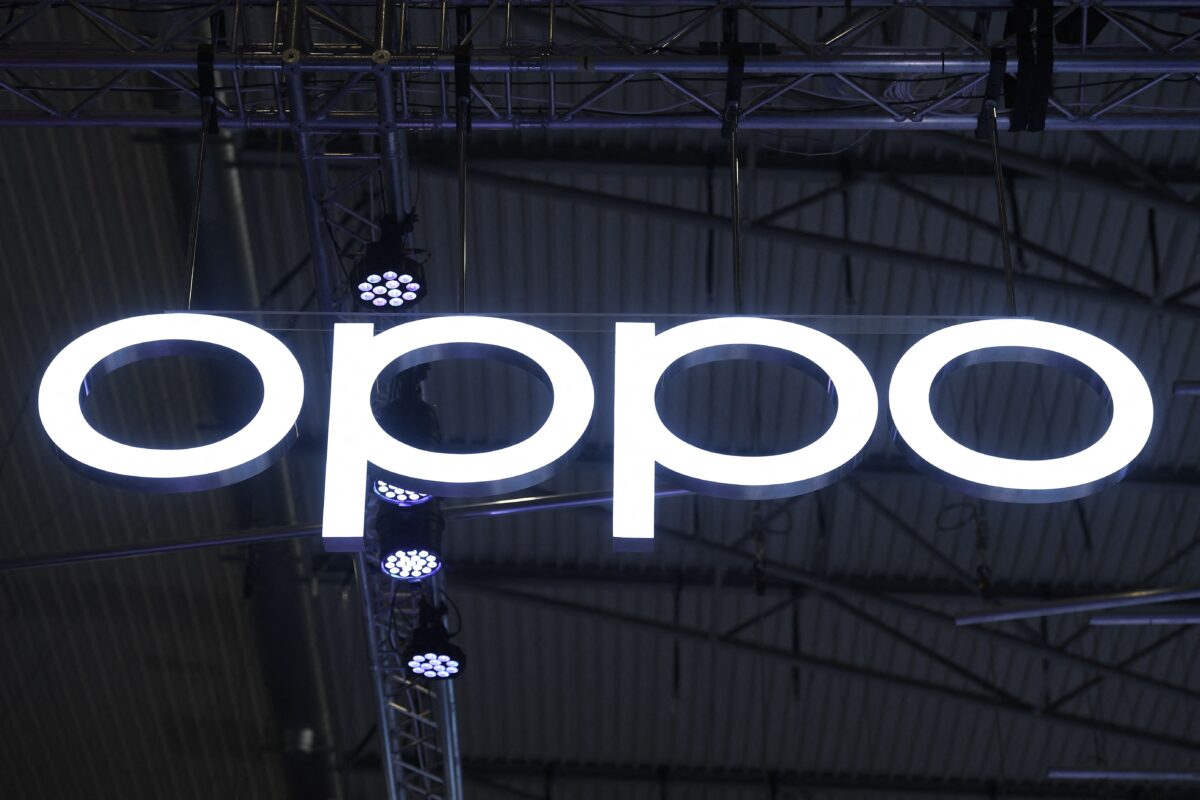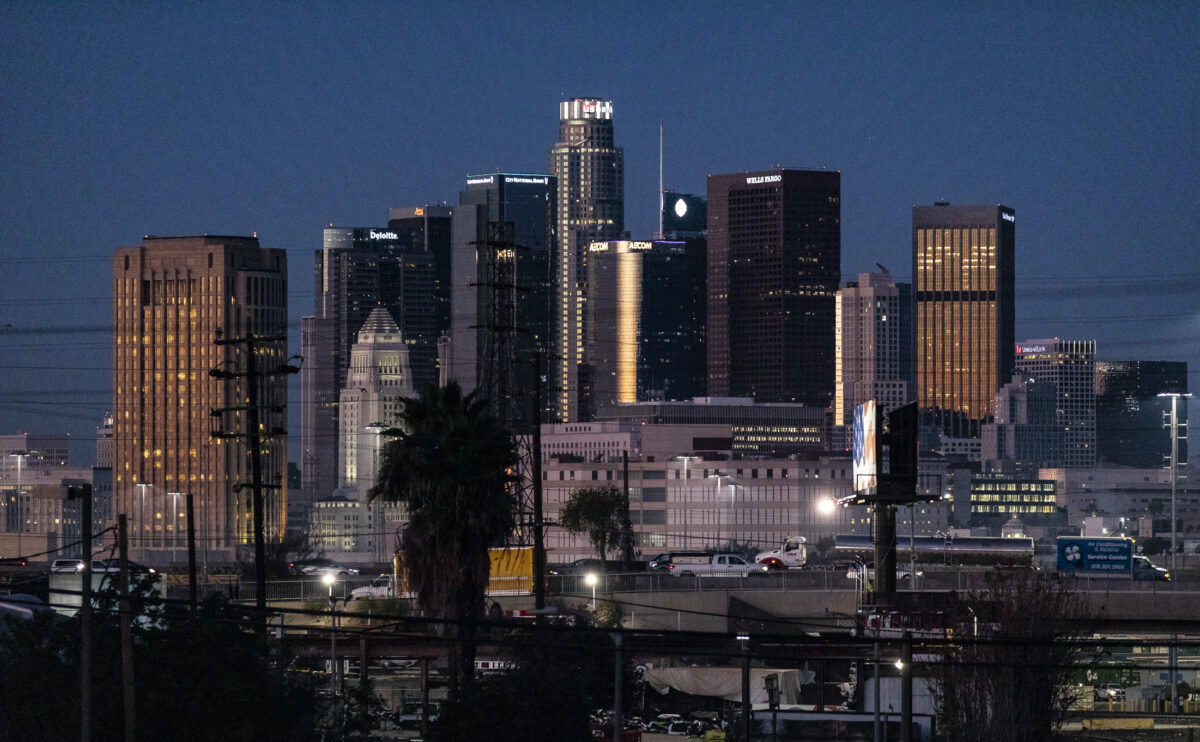Companies
Starbucks Price Increase Stirs China’s Netizens
Bloomberg Busy baristas at a Starbucks outlet in Beijing. For proof that coffee is taking off in China, look no further than Chinese consumers’ reaction to recent price increases at Starbucks Corp. The Seattle-based coffee chain said earlier this week that all coffee drink prices would increase by two yuan, or about $0.32. That bumps up the cost of a small latte – or “tall” latte, in Starbucks’s lingo — to 27 yuan, or $4.20. A large mocha is now 34 yuan, or $5.40. The increases add to prices that are already higher than what similar coffee drinkers pay in the U.S. Starbucks fans in China turned to the Internet to complain, helping to make the Chinese term for Starbucks, “Xing Ba Ke,” one of the top trending terms on China’s biggest search engine, Baidu.com. They flooded Twitter-like microblogging sites with emoticons of sobbing faces, complaining about what at least one called the “pain.” “In the past, a larger size cost two more kuai and now it costs three. It’s so painful,” said one user of the Sina Weibo microblogging site, using the Chinese slang term of the yuan, China’s currency. “Where are the price control authorities this time?” a user in Beijing complained, referring to instances last year in which Chinese economic bodies, aiming to prevent unrest due to high inflation, prevented food companies from passing on higher prices to consumers “We understand this has an impact on our consumers,” said Caren Li, a spokeswoman for Starbucks, adding that the company needs to keep up with China’s rising operational costs, including higher wages for laborers, increasing commodity costs and rising real estate prices. The public reaction signals the growth of a product that many were skeptical would take off in China, a country with thousands of years of tea culture, said Krista Pederson, a consultant at Shanghai-based WGP Investment Consulting. “What started out as a drink for the few is turning into a mass-market product in China,” Ms. Pederson said. China’s coffee market, including fresh and instant, is booming. Sales climbed to 6.25 billion yuan in 2011, up 20% from a year earlier and 92% from 2006, according to market research firm Euromonitor International. To be sure, coffee consumption in China is still tiny compared to other countries. On average, the Chinese consumer drinks three cups of coffee per year, according to data from Swiss food giant Nestle SA. That compares to about three cups per day for an American. But the thirst is there and coffee companies have been expanding rapidly to meet the new demand. Starbucks, which now has 550 stores in China, plans to have 1,500 by 2015. Nestle is rolling out more upscale Nespresso stores and in select markets it has recently launched an ad campaign, featuring popular blogger Han Han, to hype up its instant coffee products sold in grocery stores. Many have been willing to pay the price because coffee has been positioned as an upscale in China. “To carry around a Starbucks cup or to meet in a Costa Coffee is to mark yourself as having status,” said Ms. Pederson. Costa is a coffee chain owned by U.K.-based Whitbread PLC. Most of the stores charge their Chinese consumers around 50% to 75% more for a cup of coffee than the average U.S consumer would pay in the U.S. A small cup at Starbucks in Beijing is now $3. Customers in smaller cities pay around 30 cents less, Ms. Li said. But now that coffee is becoming a daily drink for many, the price increases come as a blow, consumers say. “The prices are overwhelming! The kingdom’s people are now under such great pressure!!,” a Beijing-based Weibo user named YiziluoDevil wrote. Starbucks doesn’t break out its performance in China. In China and Asia Pacific it said revenue for the quarter end Jan. 1 grew 38% to $166.9 million, while operating income grew 26% to $57.8 million. –Laurie Burkitt; follow Laurie on Twitter @lburkitt

For proof that coffee is taking off in China, look no further than Chinese consumers’ reaction to recent price increases at Starbucks Corp.
The Seattle-based coffee chain said earlier this week that all coffee drink prices would increase by two yuan, or about $0.32. That bumps up the cost of a small latte – or “tall” latte, in Starbucks’s lingo — to 27 yuan, or $4.20. A large mocha is now 34 yuan, or $5.40. The increases add to prices that are already higher than what similar coffee drinkers pay in the U.S.
Starbucks fans in China turned to the Internet to complain, helping to make the Chinese term for Starbucks, “Xing Ba Ke,” one of the top trending terms on China’s biggest search engine, Baidu.com. They flooded Twitter-like microblogging sites with emoticons of sobbing faces, complaining about what at least one called the “pain.”
“In the past, a larger size cost two more kuai and now it costs three. It’s so painful,” said one user of the Sina Weibo microblogging site, using the Chinese slang term of the yuan, China’s currency. “Where are the price control authorities this time?” a user in Beijing complained, referring to instances last year in which Chinese economic bodies, aiming to prevent unrest due to high inflation, prevented food companies from passing on higher prices to consumers
“We understand this has an impact on our consumers,” said Caren Li, a spokeswoman for Starbucks, adding that the company needs to keep up with China’s rising operational costs, including higher wages for laborers, increasing commodity costs and rising real estate prices.
The public reaction signals the growth of a product that many were skeptical would take off in China, a country with thousands of years of tea culture, said Krista Pederson, a consultant at Shanghai-based WGP Investment Consulting. “What started out as a drink for the few is turning into a mass-market product in China,” Ms. Pederson said.
China’s coffee market, including fresh and instant, is booming. Sales climbed to 6.25 billion yuan in 2011, up 20% from a year earlier and 92% from 2006, according to market research firm Euromonitor International.
To be sure, coffee consumption in China is still tiny compared to other countries. On average, the Chinese consumer drinks three cups of coffee per year, according to data from Swiss food giant Nestle SA. That compares to about three cups per day for an American.
But the thirst is there and coffee companies have been expanding rapidly to meet the new demand. Starbucks, which now has 550 stores in China, plans to have 1,500 by 2015. Nestle is rolling out more upscale Nespresso stores and in select markets it has recently launched an ad campaign, featuring popular blogger Han Han, to hype up its instant coffee products sold in grocery stores.
Many have been willing to pay the price because coffee has been positioned as an upscale in China. “To carry around a Starbucks cup or to meet in a Costa Coffee is to mark yourself as having status,” said Ms. Pederson. Costa is a coffee chain owned by U.K.-based Whitbread PLC.
Most of the stores charge their Chinese consumers around 50% to 75% more for a cup of coffee than the average U.S consumer would pay in the U.S. A small cup at Starbucks in Beijing is now $3. Customers in smaller cities pay around 30 cents less, Ms. Li said.
But now that coffee is becoming a daily drink for many, the price increases come as a blow, consumers say.
“The prices are overwhelming! The kingdom’s people are now under such great pressure!!,” a Beijing-based Weibo user named YiziluoDevil wrote.
Starbucks doesn’t break out its performance in China. In China and Asia Pacific it said revenue for the quarter end Jan. 1 grew 38% to $166.9 million, while operating income grew 26% to $57.8 million.
–Laurie Burkitt; follow Laurie on Twitter @lburkitt
After keeping its currency tightly linked to the US dollar for years, China in July 2005 revalued its currency by 2 % against the US dollar and moved to an exchange rate system that references a basket of currencies.
The government vowed to continue reforming the economy and emphasized the need to increase domestic consumption in order to make China less dependent on foreign exports for GDP growth in the future.
China is also the second largest trading nation in the world and the largest exporter and second largest importer of goods.
The PRC government’s decision to permit China to be used by multinational corporations as an export platform has made the country a major competitor to other Asian export-led economies, such as South Korea, Singapore, and Malaysia.
Some economists believe that Chinese economic growth has been in fact understated during much of the 1990s and early 2000s, failing to fully factor in the growth driven by the private sector and that the extent at which China is dependent on exports is exaggerated.
Its mineral resources are probably among the richest in the world but are only partially developed.
The technological level and quality standards of its industry as a whole are still fairly low, notwithstanding a marked change since 2000, spurred in part by foreign investment.
Over the years, large subsidies were built into the price structure, and these subsidies grew substantially in the late 1970s and 1980s.
On top of this, foreign direct investment (FDI) this year was set to “surpass $100 billion”, compared to $90 billion last year, ministry officials predicted.
“China is now the fifth largest investing nation worldwide, and the largest among the developing nations,” said Shen Danyang, vice-director of the ministry’s press department.
It also aims to sell more than 15 million of the most fuel-efficient vehicles in the world each year by then.
Although China is still a developing country with a relatively low per capita income, it has experienced tremendous economic growth since the late 1970s.
Since the late 1970s, China has decollectivized agriculture, yielding tremendous gains in production.
Except for the oasis farming in Xinjiang and Qinghai, some irrigated areas in Inner Mongolia and Gansu, and sheltered valleys in Tibet, agricultural production is restricted to the east.
Hogs and poultry are widely raised in China, furnishing important export staples, such as hog bristles and egg products.
There are also extensive iron-ore deposits; the largest mines are at Anshan and Benxi, in Liaoning province.
There are also deposits of vanadium, magnetite, copper, fluorite, nickel, asbestos, phosphate rock, pyrite, and sulfur.
China also has extensive hydroelectric energy potential, notably in Yunnan, W Sichuan, and E Tibet, although hydroelectric power accounts for only 5% of the country’s total energy production.
After the 1960s, the emphasis was on regional self-sufficiency, and many factories sprang up in rural areas.
See more here:
Starbucks Price Increase Stirs China’s Netizens
China
Government subsidies don’t boost Chinese firms’ productivity
China’s industrial subsidies have caused considerable controversy both internationally and domestically. Trading partners have accused China of unfairly favouring its indigenous firms with subsidies, leaving foreign companies at a disadvantage in the race to lead the technologies of the future.

Governments around the world regularly spend an enormous amount of money subsidising businesses. But few spend like China. A 2022 report suggests that China spends 1.7–5 per cent of its GDP on industrial policies, more than most countries.
(more…)Companies
Chinese Smartphone Manufacturer Lays Off 3,000 Employees Following Closure of Chip Design Division
OPPO, a major Chinese smartphone maker, announced the closure of its chip design company ZEKU Technology (ZEKU).

OPPO, a major Chinese smartphone maker, announced the closure of its chip design company ZEKU Technology (ZEKU).
(more…)Companies
Company Owned by Chinese Billionaire Guilty of Paying $1 Million in Bribes to LA Councilman
A Los Angeles real estate firm owned by a Chinese billionaire is guilty of paying more than $1 million in bribes to a Los Angeles city councilman as part of a scheme that involved luxury cruises, high-rolling trips to casinos, and prostitution.

A Los Angeles real estate firm owned by a Chinese billionaire is guilty of paying more than $1 million in bribes to a Los Angeles city councilman as part of a scheme that involved luxury cruises, high-rolling trips to casinos, and prostitution.
(more…)











